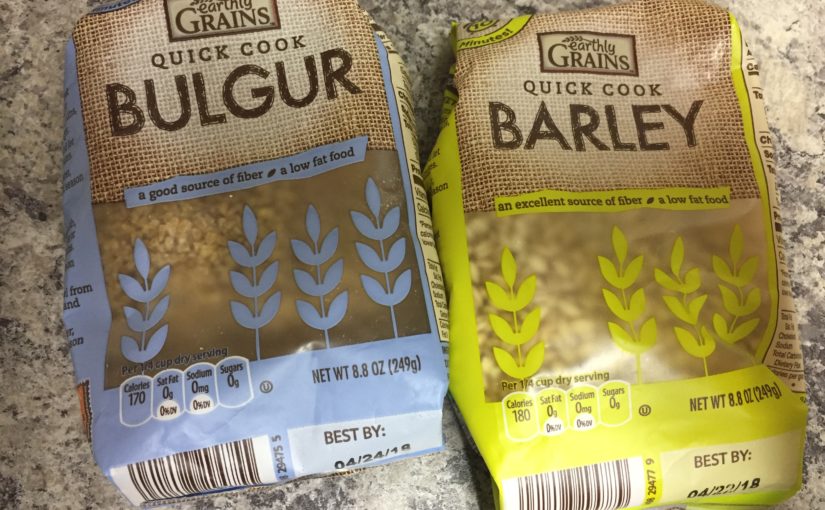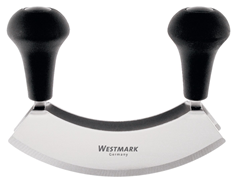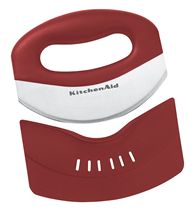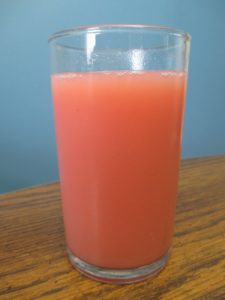 Are you thinking of juicing as part of your health and fitness goals?
Are you thinking of juicing as part of your health and fitness goals?
Most Americans are not getting enough fruits and vegetables and therefore do not meet their dietary fiber, potassium, magnesium, and many other vitamins and mineral needs. Can juicing help you meet your fruit and vegetable goals? Is juicing better for you?
Juicing is when fruit and vegetables are squeezed from their whole form to produce a juice. Juicing at home refers to combining fruits and/or vegetables in a juicer or juicing machine. This breaks the fruits/vegetables down into liquid form. Most of the vitamins, minerals, and phytonutrients that make fruits and vegetables healthy are still contained in the juice, however whole fruits and vegetables also have fiber, which is lost during most juicing.
Consider the tips below to get the most from your fruit and vegetable drinks:
- Consider blending instead of juicing. Juicing loses around 90% of the healthy fiber that is found in whole fruits, but using whole fruits or vegetables in a blender can give the same taste and convenience of juice with the added benefit of fiber.
- Look out for extra sugar. Juice is usually sweet because of the natural sugar that comes from the fruit ingredients, but be careful of added sugar when you buy or make juice. Especially in products from the store, extra sugar may be added that gives your drink extra calories.
- Keep portions in mind. Juice can be a quick and easy way to get important nutrients from fruits and vegetables, but it can be easy to have too much of a good thing. It is recommended that adults limit their juice consumption to less than 8oz per day, and children should not consume more than 4-6oz of juice per day.
- Is it safe for everyone to try juicing? Juicing is not for everyone. If you have diabetes or kidney disease juicing may not be an option for you. Speak with a dietitian or your doctor before beginning a juicing program.
- Still eat whole fruit and vegetables. Even though juicing may help you meet your fruit and vegetable goals, it is still important to eat whole fruits and vegetables. Try to eat a variety of colors from whole fruits and vegetables daily to get a good mix of vitamins, minerals, and phytochemicals.
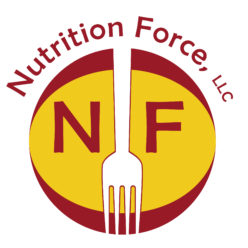
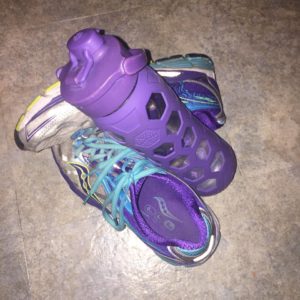 As I promised, I have some exciting news to start off the new year! I will now be able to do telenutrition with clients. What does this mean for you? You can now get nutrition advice right from your couch using a computer or your smartphone. I will still be available to meet in person if you prefer, but this will be an added benefit for those out of state or those who want to avoid some of the winter driving. Another added benefit is you will now have access to the Healthie website and app which will allow you to photo journal log, track your metrics, video chat, and message me through a secure connection. I will be able to see clients in both Michigan and Iowa.
As I promised, I have some exciting news to start off the new year! I will now be able to do telenutrition with clients. What does this mean for you? You can now get nutrition advice right from your couch using a computer or your smartphone. I will still be available to meet in person if you prefer, but this will be an added benefit for those out of state or those who want to avoid some of the winter driving. Another added benefit is you will now have access to the Healthie website and app which will allow you to photo journal log, track your metrics, video chat, and message me through a secure connection. I will be able to see clients in both Michigan and Iowa. 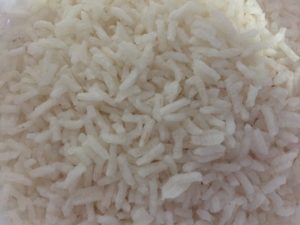
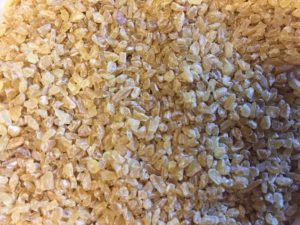 Rice cookers can be used for much more than just rice. Try cooking quinoa, millet, breads, or even puddings. If you want to try beans or coarse grains, such as steel cut oats, be sure to soak before cooking in the rice cooker. Get creative and enjoy!
Rice cookers can be used for much more than just rice. Try cooking quinoa, millet, breads, or even puddings. If you want to try beans or coarse grains, such as steel cut oats, be sure to soak before cooking in the rice cooker. Get creative and enjoy!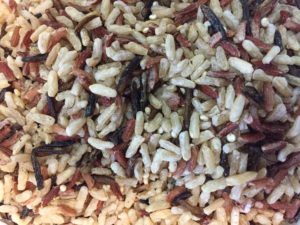
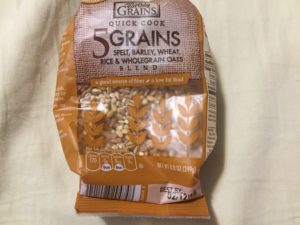 Spelt can be used in place of wheat in any recipe and it is higher in protein than wheat. Spelt is also high in fiber, manganese, and phosphorus and can help play a role in managing type 2 diabetes. If you are using whole spelt berries, they must be soaked at least eight hours before using them for cooking. Spelt flour is lower in FODMAPs than regular flour. In fact, some sourdough bread made with spelt has been labeled “green” or a “safe” food for individuals following a
Spelt can be used in place of wheat in any recipe and it is higher in protein than wheat. Spelt is also high in fiber, manganese, and phosphorus and can help play a role in managing type 2 diabetes. If you are using whole spelt berries, they must be soaked at least eight hours before using them for cooking. Spelt flour is lower in FODMAPs than regular flour. In fact, some sourdough bread made with spelt has been labeled “green” or a “safe” food for individuals following a 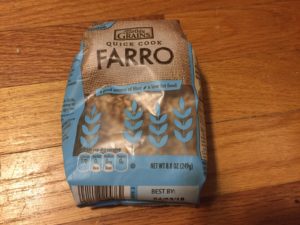 Farro is an ancient strain of wheat and has been a staple among ancient Greeks and Romans. It is best known in Italy. Just like barley, farro can be bought both pearled and semi-pearled. Farro is Italian for ancient wheat grain. Farro is used to describe three different grains: einkorn, emmer, and spelt. In the US and Europe farro is usually referring to emmer wheat. It is usually sold dry and is prepared by cooking in boiling water until soft and chewy. Farro is light brown and has an obvious layer of bran. Farro can be used in salads and risottos.
Farro is an ancient strain of wheat and has been a staple among ancient Greeks and Romans. It is best known in Italy. Just like barley, farro can be bought both pearled and semi-pearled. Farro is Italian for ancient wheat grain. Farro is used to describe three different grains: einkorn, emmer, and spelt. In the US and Europe farro is usually referring to emmer wheat. It is usually sold dry and is prepared by cooking in boiling water until soft and chewy. Farro is light brown and has an obvious layer of bran. Farro can be used in salads and risottos.